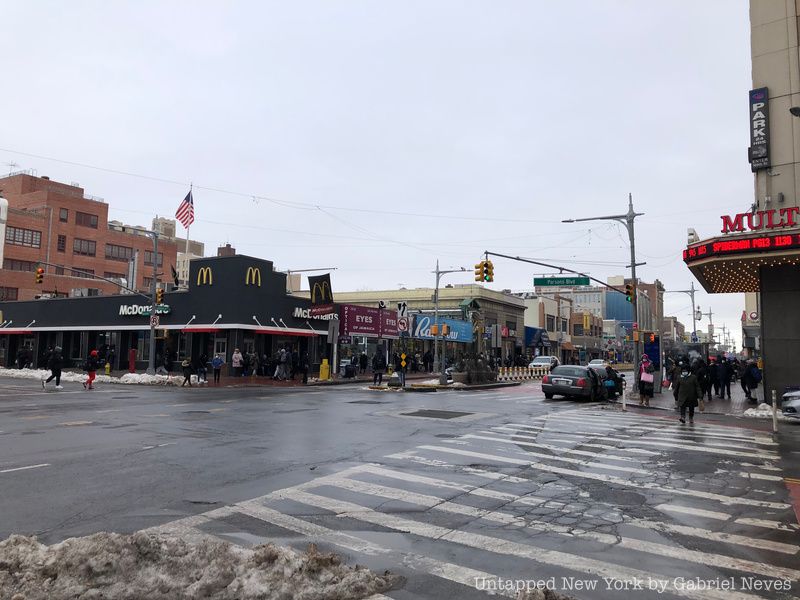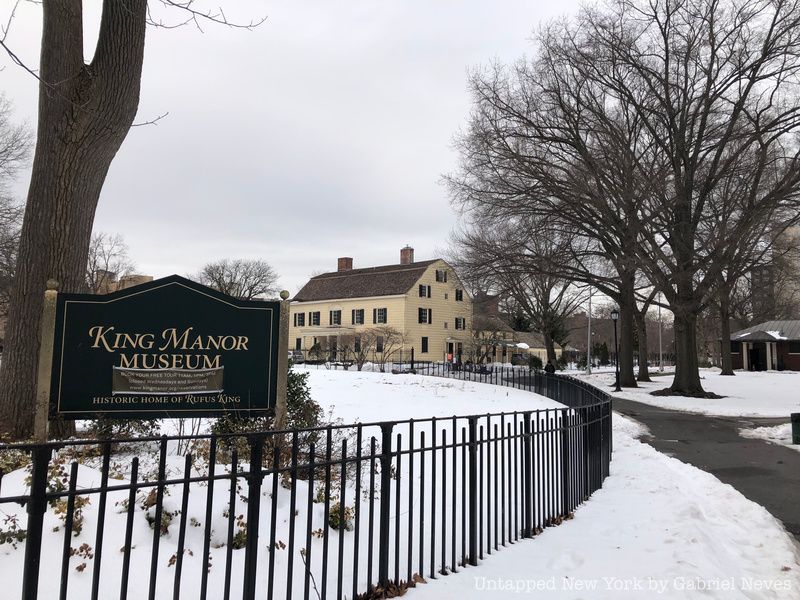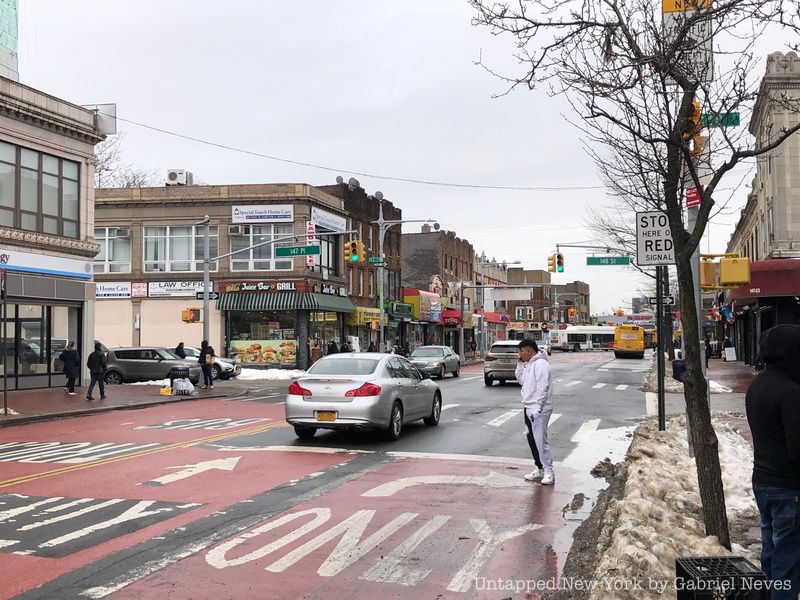Jamaica Center-Parsons/Archer

Jamaica Center leaves commuters a block away from the neighborhood’s commercial strip along Jamaica Avenue just north of the station. Connections to the J and Z lines are available at the terminal, as well as a number of buses traveling to different parts of Queens. Dollar vans are also present just outside the station where you can hear drivers screaming out destinations and route stops.
The Jamaica area was inhabited by the Lenape Native Americans before the first European settlers arrived in the mid-1650s. The name of the neighborhood comes from the word “yamecah” which translates to “beaver.” After the British began to gain control of the land settled by the Dutch, the name “Jamaica” stuck with the locals.
The area served as a trading post for farmers, producers, and other Native American tribes coming from as far as Ohio. The land was used for these purposes quite heavily during the Revolutionary War and gradually became more developed at the start of the 19th century. King Manor, located in a park named after the U.S. Constitution signee Rufus King, was owned by the former New York State Governor and his family for decades. The home in which he and his descendants lived until 1896 still stands in the park and has been converted into a museum in their memory.

The Green, also referred to as the Douglaston Community, was one of New York City’s oldest African American communities, located in what is now Jamaica. The Green began sometime around 1830 after the abolition of slavery in New York — though, there is little documentation of the slave population in Jamaica.
The neighborhood itself is one of the most ethnically diverse in the entire borough. People of African American, Caribbean, Hispanic, and Asian descent call the neighborhood home. Jamaica was predominantly white in the mid-1950s but the population has been reduced to a mere fraction. A large percentage of West Indian immigrants began moving to the area in the late 1960s and early 70s, who were then followed by people from El Salvador, Colombia, and the Dominican Republic. The area has become a popular shopping location for many Bangladeshis, especially on Hillside Avenue where a number of families own businesses and grocery stores that sell goods from their homeland.

As we hop on the E train, get ready to ride the line!





